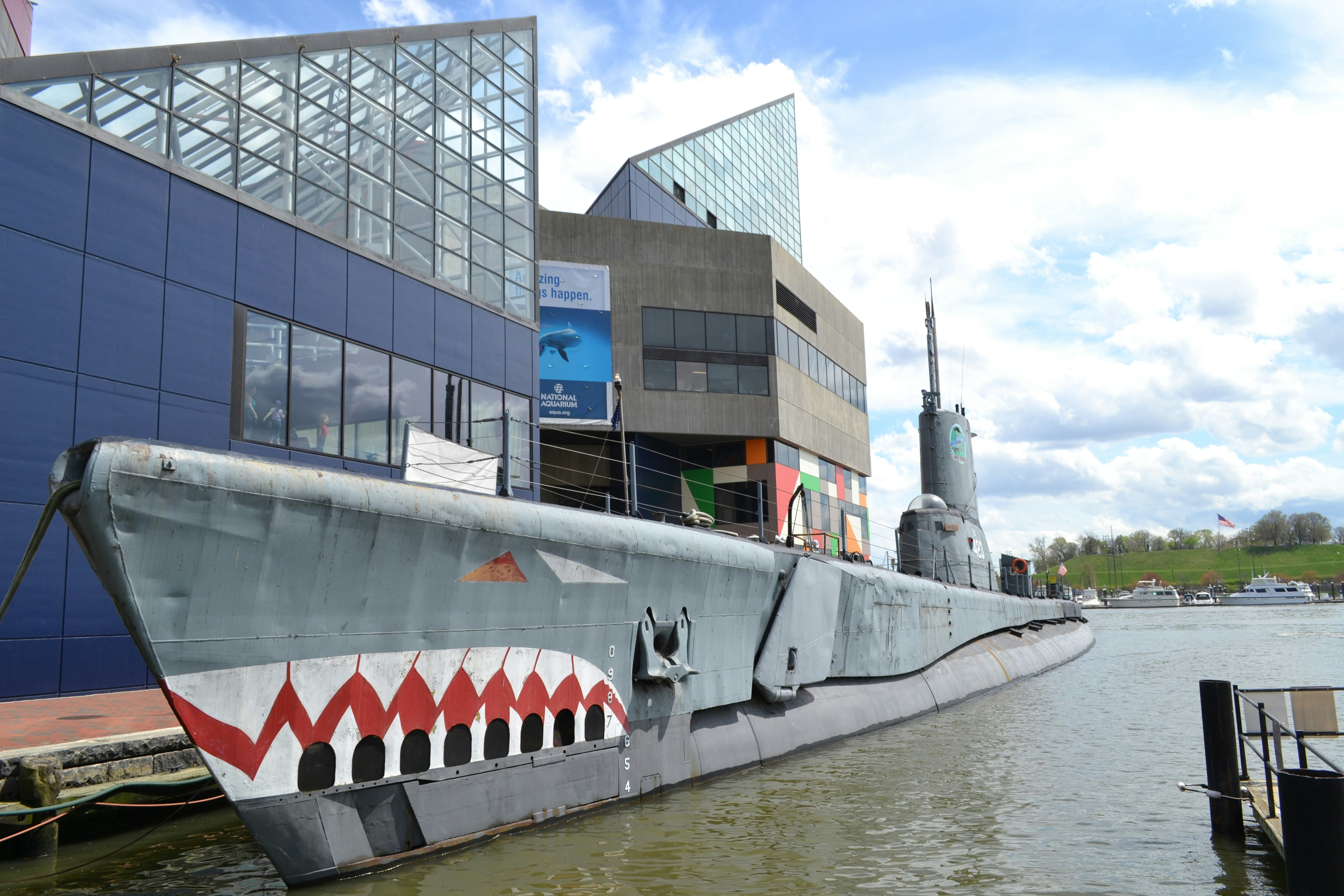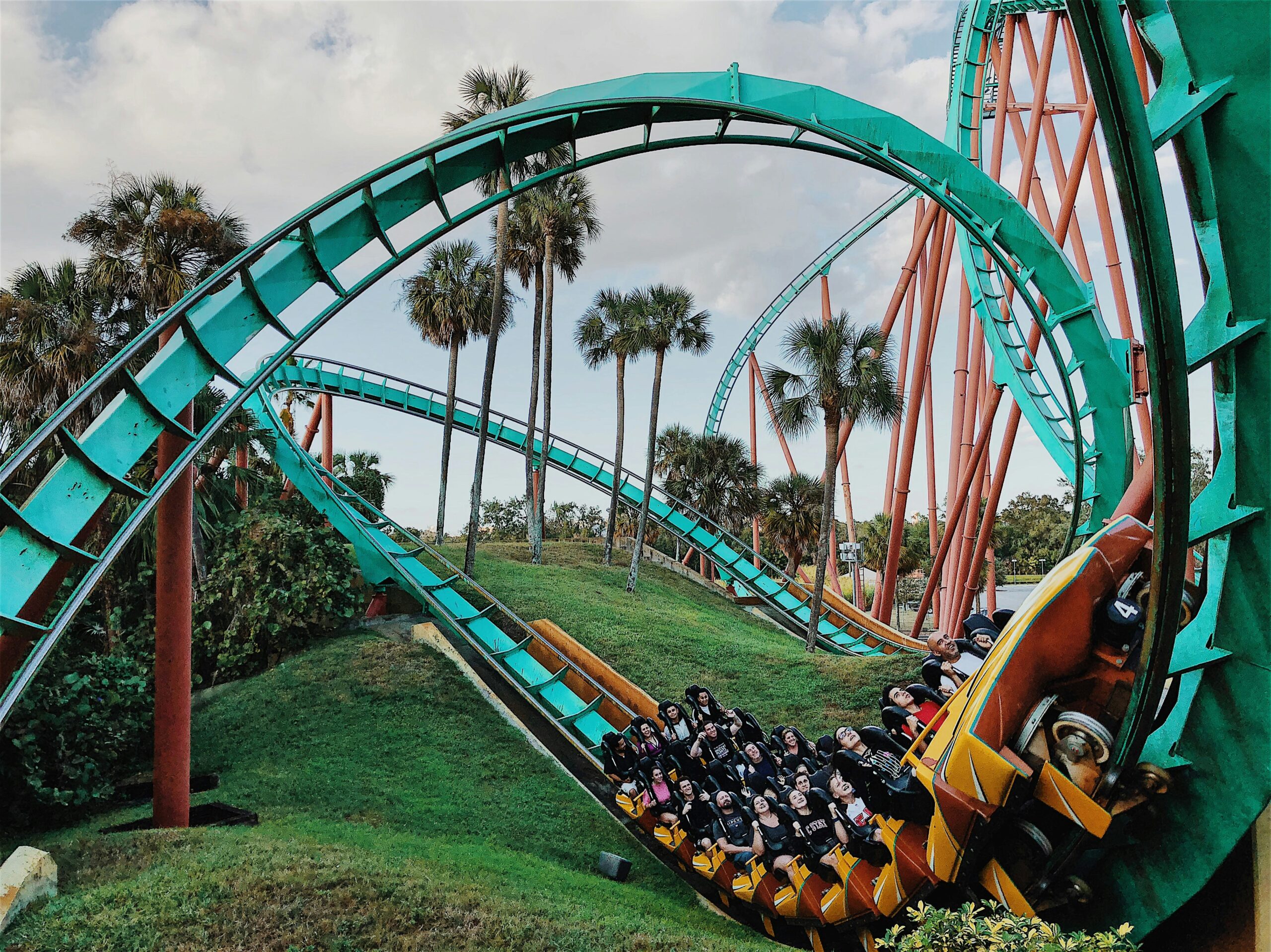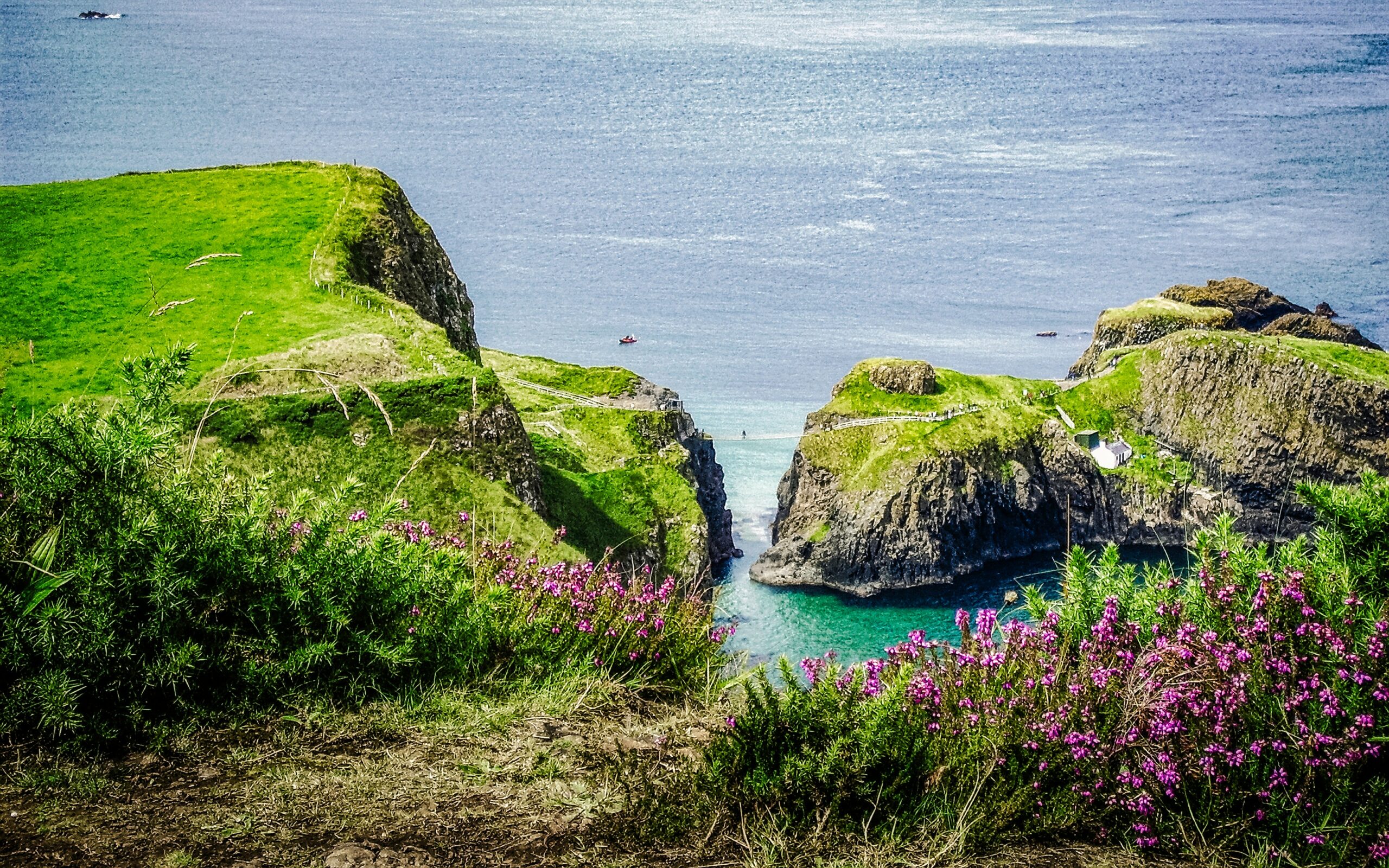
Introduction to the Incident
The tragic sinking of a tourist submarine in the Red Sea has garnered significant attention due to its implications for both safety and the future of underwater tourism in the region. This incident transpired on August 15, 2023, when the vessel, known as the ‘Aquatic Explorer,’ was on a routine excursion to showcase the vibrant marine life beneath the surface. The submarine was carrying a total of 25 individuals, including tourists and crew members, all eager to experience the wonders of the Red Sea’s underwater ecosystem.
The ‘Aquatic Explorer’ was specifically designed for deep-sea exploration, allowing its occupants to observe marine flora and fauna in a safe and comfortable environment. Such vessels have become increasingly popular among tourists seeking to explore the underwater world without the need for scuba diving training. As underwater tourism continues to grow, the significance of safe operations and well-maintained equipment is paramount. Unfortunately, the incident has spotlighted the potential hazards associated with this popular recreational activity.
<peyewitness a="" about="" accounts="" after="" aftermath="" and="" as="" authorities="" began="" breathtaking="" call="" compliance="" comprehensive="" concerns="" crew,="" despite="" distress="" efforts="" ensure="" event="" eventually="" experience="" exploring="" for="" from="" highlighted="" importance="" in="" incident="" industry.="" initial="" initiated,="" issued.="" landscapes="" left="" life="" local="" loss="" many="" measures="" need="" of="" oversight="" p="" protocols="" questions="" raising="" reassurances="" red="" regarding="" regulatory="" reminder="" rescue="" response="" reveal="" safety="" sea.What Happened: The Sequence of Events
The tragic sinking of the tourist submarine occurred during an excursion in the Red Sea, a popular destination for underwater exploration. On that fateful day, the submarine embarked on a routine voyage, promising passengers stunning views of vibrant marine life. Early reports indicate that the submarine launched successfully despite noticeable changes in the weather, which included increasing winds and rising waves. These conditions raised concerns among some crew members, yet the voyage was deemed safe to proceed at that time.
As the submarine descended to give passengers a breathtaking view of the coral reefs, maintenance issues began to surface. Eyewitness accounts describe a gradual loss of power, accompanied by warning signals indicating potential technical failures. Passengers and crew members reported feeling an unusual strain and vibration within the vessel, leading to growing apprehension. Expert analyses later confirmed that recent maintenance routines may not have adhered to industry standards, which contributed to the submarine’s vulnerabilities.
The situation escalated when the crew attempted to resurface amidst deteriorating sea conditions. However, a sudden and unexpected surge of water pressure caused critical systems to fail, rendering the submarine immobile. Panic ensued as passengers realized the gravity of the situation. The crew initiated emergency protocols, but the prevailing sea conditions hindered rescue efforts. Within moments, the submarine was overwhelmed, leading to the unfortunate loss of lives and significant damage to the vessel.
This sequence of events highlights the combination of environmental factors, equipment failure, and potentially inadequate maintenance that played pivotal roles in the catastrophe. The repercussions of this incident have cast a spotlight on safety measures within the submarine tourism industry, raising questions about oversight and accountability in similar ventures.
Background on Tourist Submarine Operations in Egypt
The Red Sea, renowned for its vibrant marine life and captivating coral reefs, has become a popular destination for tourist submarine operations. These submarines offer a unique underwater viewing experience, granting passengers the opportunity to observe marine ecosystems without the necessity of scuba gear. Typically designed to accommodate a small number of passengers, these vessels are equipped with large viewing windows that enhance visibility and provide an immersive experience of the underwater world.
Tourist submarines in Egypt operate under strict licensing regulations enforced by local maritime authorities. Each vessel must undergo regular safety inspections to ascertain that they meet industry standards. As part of their operational protocols, operators are required to implement stringent safety measures, which include providing life jackets, conducting emergency drills, and maintaining communication protocols with maritime agencies. Crew members are usually trained in first aid and emergency response to ensure passenger safety in case of an unforeseen incident.
Despite the allure of underwater excursions, the history of submarine tourism has not been without its challenges. Previous incidents have raised concerns about safety, prompting authorities to reevaluate and enhance regulations surrounding submarine operations. As a result, any tourist submarine operating within the Red Sea is subject to a rigorous assessment of its design and safety features, focusing on the structural integrity and overall reliability of the vessel.
The subs are engineered not only for sightseeing but also to withstand the diverse conditions of the marine environment. Innovations in submarine technology have significantly improved their safety records. The popularity of these excursions continues to grow, with tourists drawn to the prospect of exploring the depths of the Red Sea, thus enhancing local tourism and effectively showcasing the region’s underwater beauty.
Survivors’ Stories and Eyewitness Accounts
In the aftermath of the tragic sinking of the tourist submarine in the Red Sea, the harrowing experiences of survivors and eyewitnesses began to emerge. These accounts provide a deeply personal insight into the chaos and panic that ensued as the submarine succumbed to the depths. One survivor recounted the moment when the submarine began to tilt unexpectedly; the fear that gripped passengers as the vessel started filling with water was palpable. “We heard the alarm ringing, and that’s when we realized something was terribly wrong. Everyone was terrified,” she expressed, her eyes reflecting the horror of that day.
Another eyewitness, who was onboard another vessel nearby, described the frantic scene of rescue efforts. “I could see people swimming frantically towards the surface, the scene was pure chaos. Fishermen and other boats quickly responded, diving in to help,” he recalled. His account highlights the remarkable human spirit in the face of disaster, as the local community rallied to assist those in peril.
Some survivors reported miraculous escapes, having been in the right place at the right moment. One individual spoke of being guided through an exit hatch by fellow passengers, crediting a calm demeanor amidst the turmoil for their survival. “I just knew I had to stay focused, and that made all the difference. We worked together to find our way out,” he stated, reflecting on the collective instinct to survive.
The emotional toll of the incident was evident as survivors recounted the bond formed during those life-and-death moments. For many, the experience has left an indelible mark, fostering a sense of camaraderie among those who faced tragedy together, forever intertwining their lives through this shared ordeal in the depths of the Red Sea.
Search and Rescue Operations: Challenges Faced
The sinking of the tourist submarine in the Red Sea prompted an immediate and coordinated response from local authorities and specialized rescue teams. These operations were fraught with challenges that greatly impacted the efficiency and effectiveness of the search and recovery efforts aimed at locating both the submarine and its passengers.
The initial phase of the search strategy involved extensive aerial surveillance and maritime patrols utilizing helicopters and ships equipped with sonar technology. However, the vast area of the Red Sea complicated these early efforts, as the fluctuating currents and unsuitable weather conditions inhibited visibility and accurate detection. Furthermore, the depth at which the submarine sank posed significant obstacles for divers and personnel trying to conduct underwater searches.
One of the considerable challenges faced during the rescue operations was the time-sensitive nature of locating the submarine. With each passing hour, the likelihood of survival for the passengers diminished, necessitating a thorough and rapid search strategy. Consequently, prioritizing the use of remotely operated vehicles (ROVs) became essential, as these advanced pieces of equipment allowed teams to explore remote and hazardous areas of the seabed without placing divers at undue risk.
Integration of advanced sonar systems, such as side-scan sonar, proved fundamental in pinpointing the last known location of the submarine. These systems allowed the rescue teams to scan the ocean floor for anomalies that could indicate the presence of the vessel. The collaboration among various operative teams, including military and civilian search units, enhanced the overall effectiveness of these rescue efforts, demonstrating a remarkable display of coordination under pressure.
While the search and rescue operations faced numerous obstacles that hampered progress, the commitment exhibited by all involved highlighted the importance of emergency preparedness in maritime situations. Over the course of several days, despite the difficulties, ongoing efforts continued as authorities remained determined to achieve a successful outcome.
Investigation and Causes of the Sinking
The recent tragedy involving the tourist submarine in the Red Sea has prompted thorough investigations aimed at uncovering the underlying causes of the sinking. Initial assessments have revealed a range of potential factors that may have contributed to the incident. Mechanical failures are a primary focus of the inquiry, as any malfunction in the submarine’s operating systems could have severely compromised its safety. Preliminary findings suggest that there may have been issues with the vessel’s buoyancy control systems, which are crucial for managing ascents and descents in aquatic environments. Such mechanical inadequacies necessitate a comprehensive analysis of the submarine’s maintenance history and inspection records.
In conjunction with the mechanical considerations, human error cannot be overlooked in this investigation. The actions of the crew during critical moments leading up to the disaster are under scrutiny. Eyewitness accounts and communication logs will be evaluated to determine whether the crew adhered to standard operating procedures. Evaluating the crew’s training and experience level is also essential in understanding possible lapses in judgment that could have contributed to the situation.
Additionally, environmental factors must be considered as potential contributors to the incident. The Red Sea is known for its unique and sometimes unpredictable maritime conditions. Investigators will examine whether adverse weather, strong currents, or visibility issues played a role in the sinking. Furthermore, the regulatory frameworks that govern submarine tourism in Egypt will be assessed. Compliance with safety protocols and adherence to maintenance regulations are critical to ensuring the safety of submarine operations. Regulatory authorities will likely review existing guidelines to implement necessary amendments aimed at enhancing tourist safety in the future.
Immediate Aftermath and Impact on Tourism
The recent sinking of a tourist submarine in the Red Sea has sent shockwaves through the tourism sector, particularly in Egypt. The incident raised immediate concerns regarding the safety protocols of underwater tourism, leading to widespread scrutiny from visitors, travel agencies, and stakeholders in the industry. Upon learning of the tragedy, many tourists expressed their apprehension regarding the safety of similar excursions, resulting in a sharp decline in bookings for submarine tours and related underwater experiences. This quick reaction indicates a significant shift in perception, where tourists now question the reliability of safety measures that were previously taken for granted.
Travel agencies are grappling with the ramifications of this disaster as well, facing a surge in cancellations and requests for refunds. Many agencies are proactively reassessing their offerings, modifying marketing strategies, and enhancing the emphasis on safety regulations in their promotional materials. The loss of confidence from potential tourists could have long-lasting effects, putting further pressure on the already fragile local economy which heavily relies on tourism revenues. The Red Sea’s vibrant underwater ecosystem has long been a magnet for tourists, but safety fears may lead to a reduction in visitor numbers and alter the landscape of underwater tourism in the area.
In response to the tragedy, the Egyptian government and local tourism authorities have committed to implementing stricter safety measures and clearer regulatory guidelines for all underwater excursions. Initiatives are being discussed to revamp training programs for submarine operators, enhance inspection protocols, and introduce rigorous operational checks. The aim is not only to rebuild visitor confidence but also to ensure that such incidents are decidedly deterred in the future. This incident serves as a crucial reminder of the intricate balance between adventure and safety in the realm of underwater tourism.
Memorials and Community Reactions
In the aftermath of the tragic sinking of the tourist submarine in the Red Sea, the local community, along with the families of the victims, has rallied together to honor and remember those who lost their lives. Memorial services have been organized to pay tribute to the victims, providing a space for grieving families to gather, share their memories, and support one another during this challenging time. These gatherings have served as a poignant reminder of the fragility of life and the deep impact that such unforeseen tragedies can have on friends and loved ones.
Online platforms have also become significant avenues for people to express their condolences and share their stories. Social media has been flooded with heartfelt tributes, photos, and messages celebrating the lives of those who were lost in the submarine disaster. Hashtags dedicated to the victims have emerged, allowing a wider audience to engage in the conversation surrounding the incident. These digital memorials not only keep the memories of the individuals alive but also foster a sense of unity and support among those affected by the catastrophe.
Moreover, the tragedy has inspired discussions about safety regulations in the tourism industry, particularly concerning underwater excursions like submarine tours. Community members have initiated campaigns advocating for enhanced safety measures to prevent similar incidents in the future. These movements emphasize the necessity for local authorities and tourist operators to work collaboratively in order to implement stricter safety protocols and ensure the well-being of all participants. As the community navigates the grief and pain from this loss, they are also committed to combating complacency and promoting proactive steps toward safer tourism practices.
Looking Ahead: Future of Submarine Tours in Egypt
The recent tragedy involving a tourist submarine in the Red Sea has raised significant concerns regarding the future of submarine tours in Egypt. This incident not only underscores the urgency for enhanced safety measures but also necessitates a reevaluation of current regulations governing underwater tourism. Stakeholders in the tourism industry are now tasked with ensuring that such unfortunate events do not occur again while maintaining the allure of exploring the astonishing marine biodiversity of the region.
In light of the accident, it is anticipated that regulators will impose stricter guidelines for submarine operators. These may include mandatory safety drills, more rigorous inspection protocols, and possibly even restrictions on passenger capacities. Additionally, the integration of advanced technology in submarine designs, such as improved buoyancy controls and real-time monitoring systems, could be a pivotal step toward ensuring passenger safety during underwater excursions. Stakeholders, including local government bodies and tourism companies, could collaborate to establish a comprehensive safety framework to restore traveler confidence in submarine tours.
Moreover, local experts indicate that there is a potential for a gradual recovery of the tourism sector in Egypt. As travelers seek unique and immersive experiences, submarine tours could emerge stronger, provided that the industry adapts to the lessons learned from this tragedy. Emphasizing safety and transparency will be paramount, as will efforts to educate potential customers about operational standards and emergency protocols in place. This incident offers a pivotal moment for the industry to recalibrate its approach to ensuring both the adventure and safety of its patrons.
As Egypt moves forward, the commitment to enhancing submarine tourism safety could play a role in revitalizing public interest in underwater exploration. If implemented effectively, these measures have the power to not only restore faith in submarine operations but also elevate Egypt as a premier destination for underwater tourism in the future.

